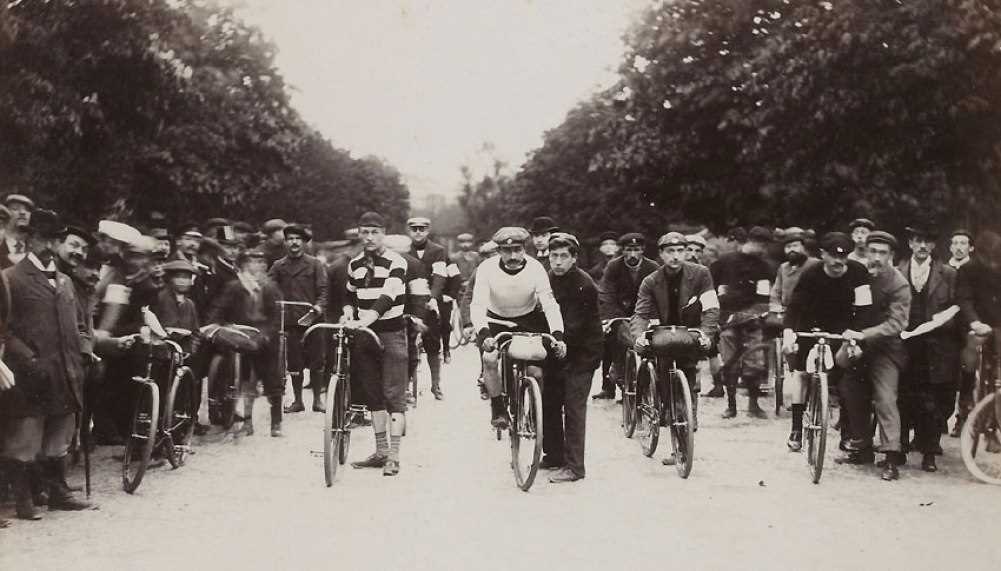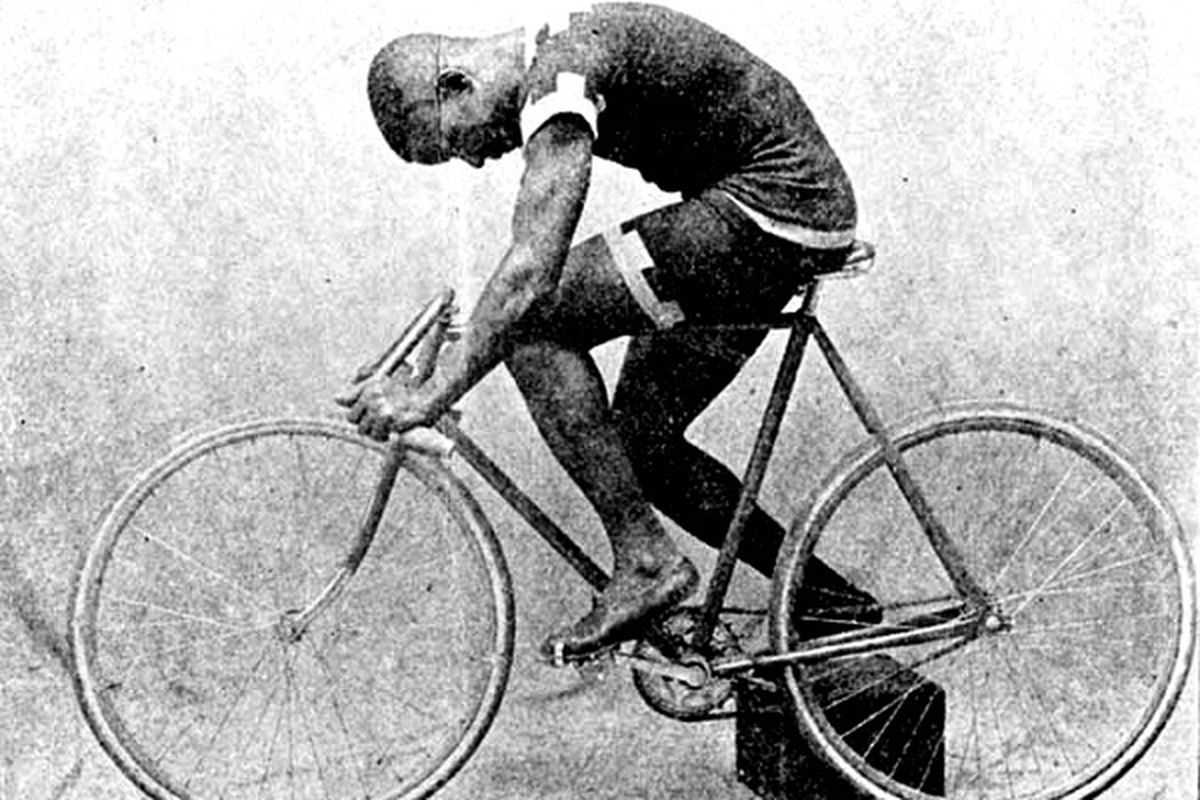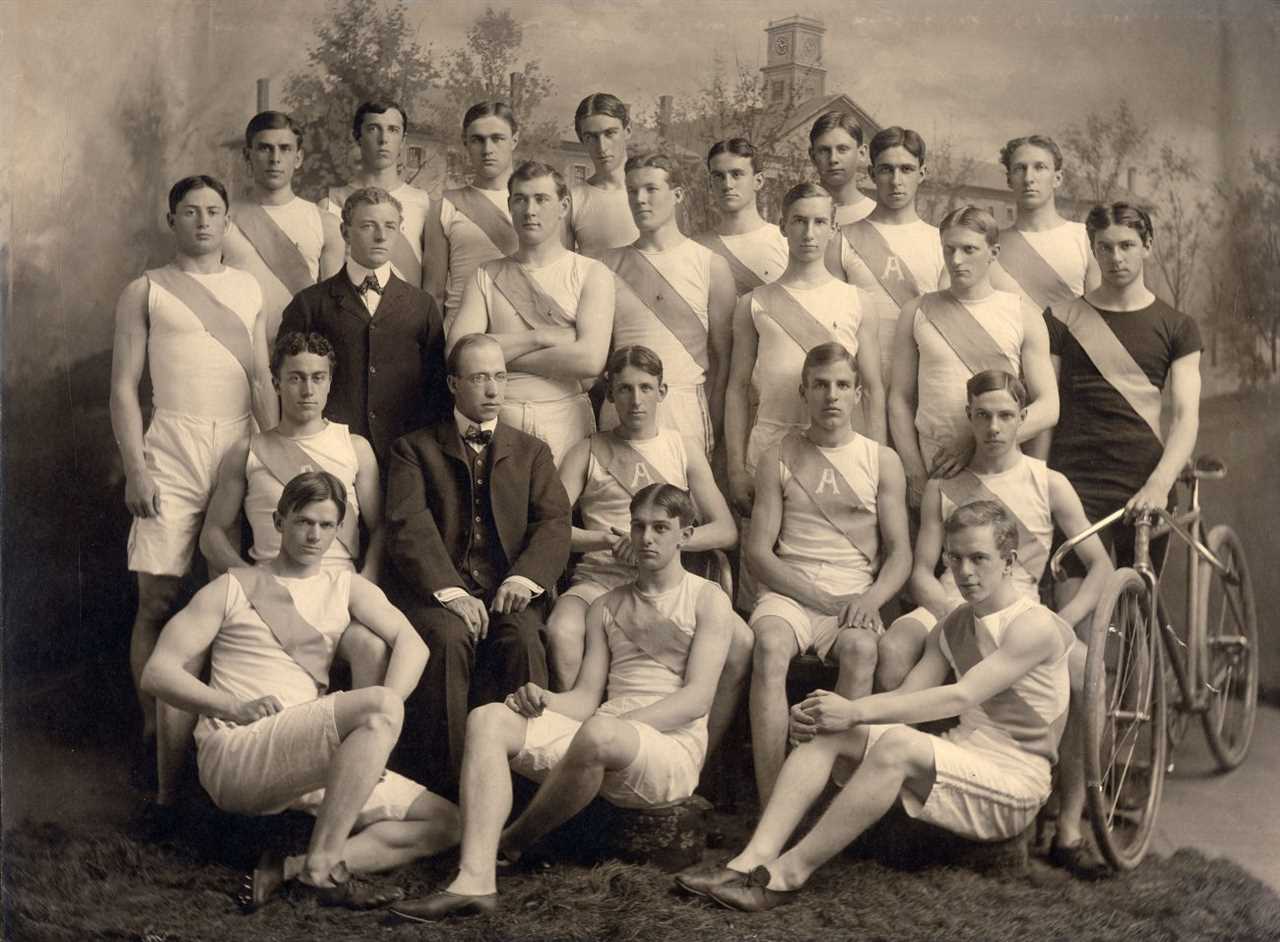
In the world of sports, there are few events that capture the imagination and thrill of spectators quite like the Tour de France. For over a century, this legendary race has been the pinnacle of cycling, showcasing the incredible skill, endurance, and determination of athletes from around the globe. But what many may not realize is that the Tour de France is just one chapter in the rich history of cycling, particularly during its golden age.
During this golden age, which spanned from the late 19th century to the early 20th century, cycling experienced a surge in popularity and innovation. Bicycle races became a major form of entertainment, drawing large crowds and creating a sense of excitement and competition. Riders pushed the limits of human performance, setting new records and achieving feats that were previously unimaginable.
One of the most iconic figures of this era was the legendary Eddy Merckx, a Belgian cyclist who dominated the sport during the 1960s and 1970s. Merckx’s extraordinary talent and relentless drive made him a true champion, earning him numerous victories and setting records that still stand today. His achievements not only solidified his place in cycling history but also inspired a new generation of cyclists to push their own limits.
Contents
The Early Beginnings

The golden age of cycling began with the invention of the bicycle in the early 19th century. This innovative mode of transportation quickly gained popularity and captivated people’s imagination. As cycling became more accessible, it paved the way for the rise of champions in the sport.
One of the most iconic events in the early days of cycling was the Tour de France. This grueling race tested the endurance and skill of riders, pushing them to their limits. The first edition of the Tour de France took place in 1903, marking the beginning of a new era for the sport.
During this golden age of cycling, records were shattered and new champions emerged. Riders like Jacques Anquetil, Eddy Merckx, and Lance Armstrong became household names, known for their incredible feats on the bike.
Victories in major races became a symbol of prestige and honor. Cyclists pushed themselves to the limit, striving for the ultimate victory. The golden age of cycling was a time of fierce competition and incredible athleticism.
Cycling became more than just a sport; it became a way of life. The golden age of cycling saw a surge in popularity, with enthusiasts from all walks of life embracing the sport. Whether it was for fitness, recreation, or competition, cycling became a passion for many.
In conclusion, the early beginnings of cycling marked the start of the golden age of the sport. With the invention of the bicycle and the rise of champions, cycling became a symbol of athleticism, record-breaking, and victory. This timeless sport continues to captivate people’s hearts and minds to this day.
From Velocipede to Safety Bicycle

The golden age of cycling began in the late 19th century with the introduction of the safety bicycle. Prior to this, the velocipede, also known as the “boneshaker,” dominated the cycling scene. These early bicycles had a large front wheel and a small rear wheel, making them difficult to ride and prone to accidents.
However, with the invention of the safety bicycle, cycling became a more accessible and enjoyable sport. The safety bicycle featured two wheels of equal size, a chain drive, and pneumatic tires, which provided a smoother and more comfortable ride. This new design revolutionized the sport and paved the way for the modern bicycle we know today.
During this time, many champions emerged and set records that still stand to this day. One of the most famous cyclists of the golden age was Major Taylor, an African-American cyclist who became the world champion in 1899. Taylor’s victory in the world championship race was a significant milestone for both cycling and racial equality.
The golden age of cycling was also marked by epic tours and races. The Tour de France, first held in 1903, quickly became one of the most prestigious and challenging races in the world. Cyclists from all over the globe competed for the coveted yellow jersey, symbolizing the overall race leader.
As the popularity of cycling grew, so did the infrastructure to support the sport. Cycling clubs and organizations were formed, and dedicated cycling tracks were built. Spectators flocked to these tracks to witness the thrilling races and cheer on their favorite riders.
The golden age of cycling was a time of innovation, camaraderie, and fierce competition. It marked a turning point in the history of the sport, propelling cycling into the modern era. Today, we continue to celebrate the achievements of the champions and the spirit of the golden age.
The Impact of Industrialization

The golden age of cycling coincided with the rapid industrialization that took place in the late 19th and early 20th centuries. This period of unprecedented technological advancements had a profound impact on the sport, transforming it into the modern spectacle we know today.
Industrialization brought about the development of lightweight bicycles made from durable materials such as steel and aluminum. These advancements allowed cyclists to ride faster and longer distances, pushing the limits of human endurance. The champion cyclists of this era were able to achieve incredible feats, breaking records and winning races with unprecedented speed and agility.
One of the most iconic events of this golden age was the Tour de France, which was first held in 1903. This grueling multi-stage race became a symbol of the era, showcasing the strength and determination of cyclists. The tour became a platform for both national and international competition, with riders from all over the world vying for victory.
Industrialization also played a role in the rise of cycling as a recreational activity. As more people moved to cities for work, bicycles became a popular mode of transportation. Cycling clubs and organizations sprang up, providing opportunities for people to come together and enjoy the sport. The age of cycling became a symbol of freedom and independence, as individuals could explore their surroundings and experience the thrill of the open road.
In conclusion, the impact of industrialization on cycling during the golden age cannot be overstated. It revolutionized the sport, allowing for faster, more efficient bicycles and creating opportunities for athletes to showcase their skills. The age of cycling became a time of record-breaking victories and unforgettable races, leaving a lasting legacy in the world of sports.
The Cycling Boom

The Golden Age of Cycling marked a significant boom in the popularity of the bicycle. As the sport gained traction, people from all walks of life began to embrace cycling as a means of transportation, recreation, and competition.
Victories in high-profile races, such as the Tour de France, captivated the public and inspired a new generation of cyclists. The age of the bicycle became synonymous with speed, endurance, and record-breaking achievements.
Champions like Eddy Merckx and Fausto Coppi became household names, their remarkable feats on two wheels celebrated and admired. The cycling boom saw an increase in spectators at races, as fans eagerly cheered on their favorite riders and marveled at their incredible athleticism.
Not only did the cycling boom impact the professional racing scene, but it also influenced everyday cyclists. Commuters began to ditch their cars in favor of bicycles, recognizing the health and environmental benefits of this mode of transport.
During the golden age of cycling, the bicycle was more than just a means of getting from point A to point B. It represented freedom, adventure, and the thrill of the open road. The cycling boom brought people together, fostering a sense of community and camaraderie among riders.
Today, the legacy of this golden age lives on. Cycling remains a popular sport and recreational activity, with enthusiasts continuing to push the boundaries of what is possible on a bicycle. The records set and the achievements made during this time continue to inspire new generations of cyclists, ensuring that the age of the bicycle will forever be remembered as a time of triumph and innovation.
The Birth of Competitive Racing

During the golden age of cycling, the sport saw a significant rise in popularity and the birth of competitive racing. As bicycles became more accessible and affordable, people began to see the potential for thrilling races and the chance to claim victory.
One of the earliest recorded races took place in 1868, when James Moore, a British cyclist, won a 1,200-meter race in Paris. This victory marked the beginning of a new era in cycling, as it showcased the potential for speed and skill on a bicycle.
As the sport grew in popularity, more races were organized, and records were set and broken. Cycling champions emerged, and the competition became fierce. Riders would push themselves to the limit, striving to be the fastest and claim the title of champion.
The introduction of the first official cycling championship, the Grand Prix de Paris, in 1891 further solidified the sport’s place in the public eye. This race attracted top cyclists from around the world and became a symbol of cycling excellence.
During this time, the bicycle itself underwent significant advancements, with lighter frames and improved gearing systems. These innovations allowed riders to achieve higher speeds and break records previously thought impossible.
The birth of competitive racing during the golden age of cycling paved the way for the sport’s continued success and popularity. It brought together skilled athletes, passionate spectators, and a sense of camaraderie among cyclists. Today, the legacy of this era can still be seen in the world of professional cycling, where races continue to captivate audiences and champions are celebrated.
Women in Cycling

During the golden age of cycling, women also played a significant role in the sport. While the focus was predominantly on men’s races such as the Tour de France, women were making their mark and achieving great success in their own right.
One of the most notable women in cycling during this time was Beryl Burton. She was a British cycling champion who set numerous records and dominated the sport. Burton held the women’s 12-hour time trial record for an incredible 25 years, a testament to her incredible endurance and skill on the bicycle.
Another champion from this era was Alfonsina Strada, an Italian cyclist who competed in the men’s Giro d’Italia in 1924. Despite facing criticism and opposition, Strada completed the race and became a symbol of female empowerment in cycling.
Women’s cycling races were also gaining popularity during the golden age. The first women’s Tour de France, known as the Tour Cycliste Féminin, was held in 1955. This race provided a platform for female cyclists to showcase their talents and compete at a high level.
The golden age of cycling saw women breaking barriers and achieving remarkable feats on the bike. Their contributions to the sport should not be overlooked, as they played a crucial role in shaping the history of cycling during this time.
Video:Uncovering the Renaissance of Cycling: Exploring the Everlasting Popularity of this Timeless Sport
FIRST RIDE: The Giant Propel – The Racer’s Pick.
The Golden Age of Cycling?
Can A Folding Bike Climb? Superbike Vs Brompton Challenge!

Since childhood, I’ve been fascinated with vintage scooters and motorcycles. After university, I founded a workshop that restored classics like Vespas, Lambrettas, and MZs. With my girlfriend, Akiko Tanaka, I run the workshop’s website and showcase our custom restorations at iconic rallies across Europe and North America. Our Lambretta won first place at the 2019 Euro Lambretta meet in Germany. Through our website and global events, we share our passion for restoring and riding these retro rides.
